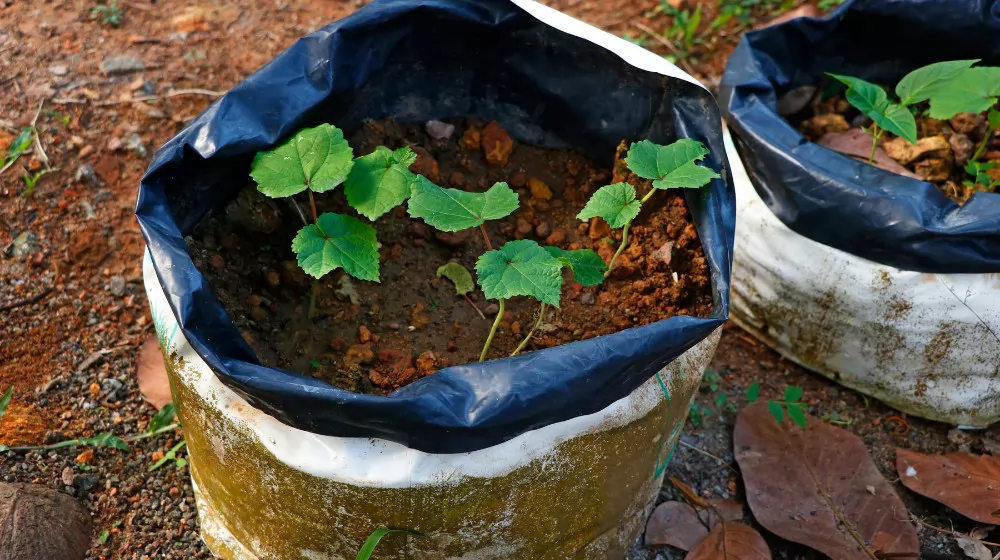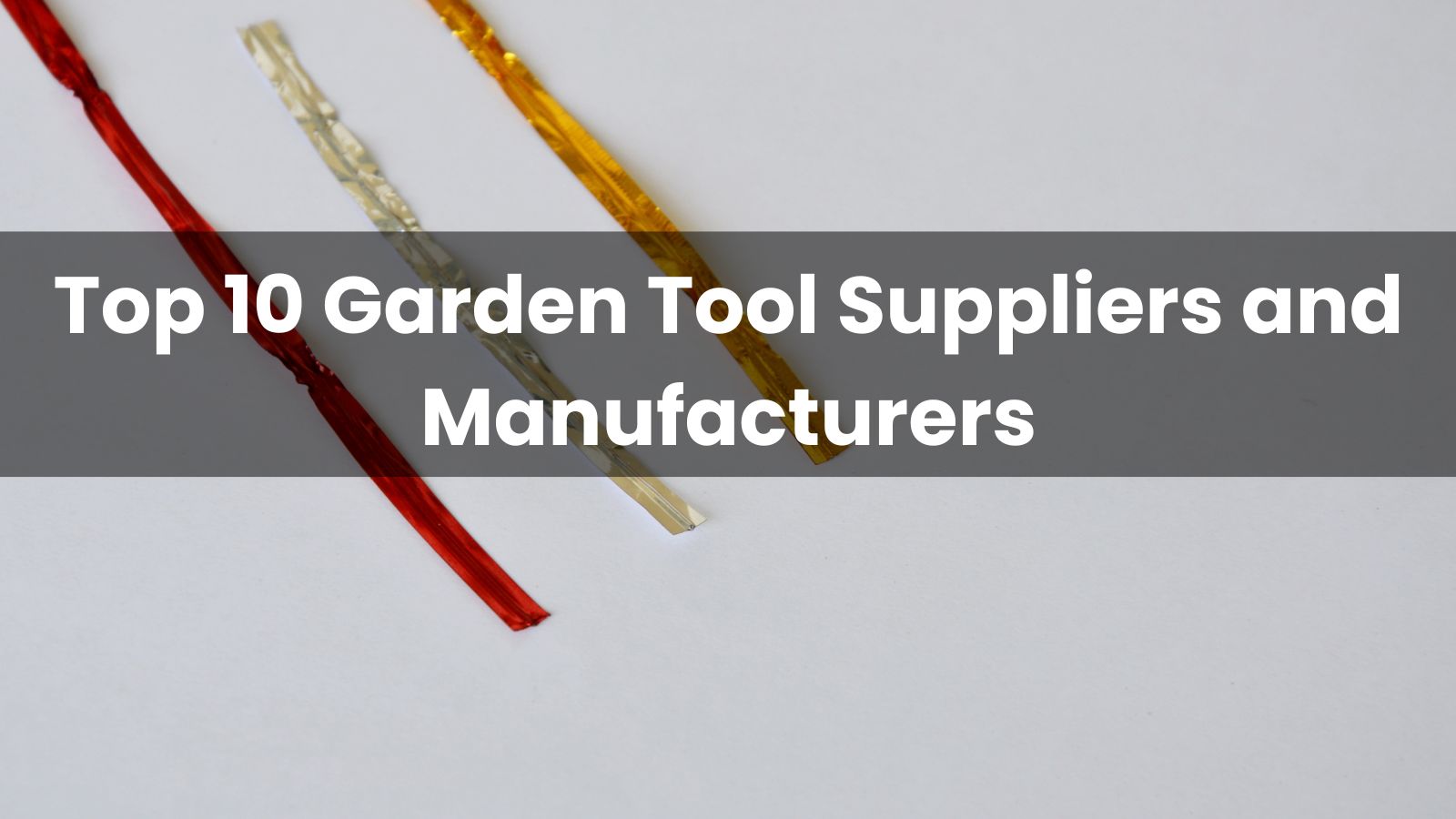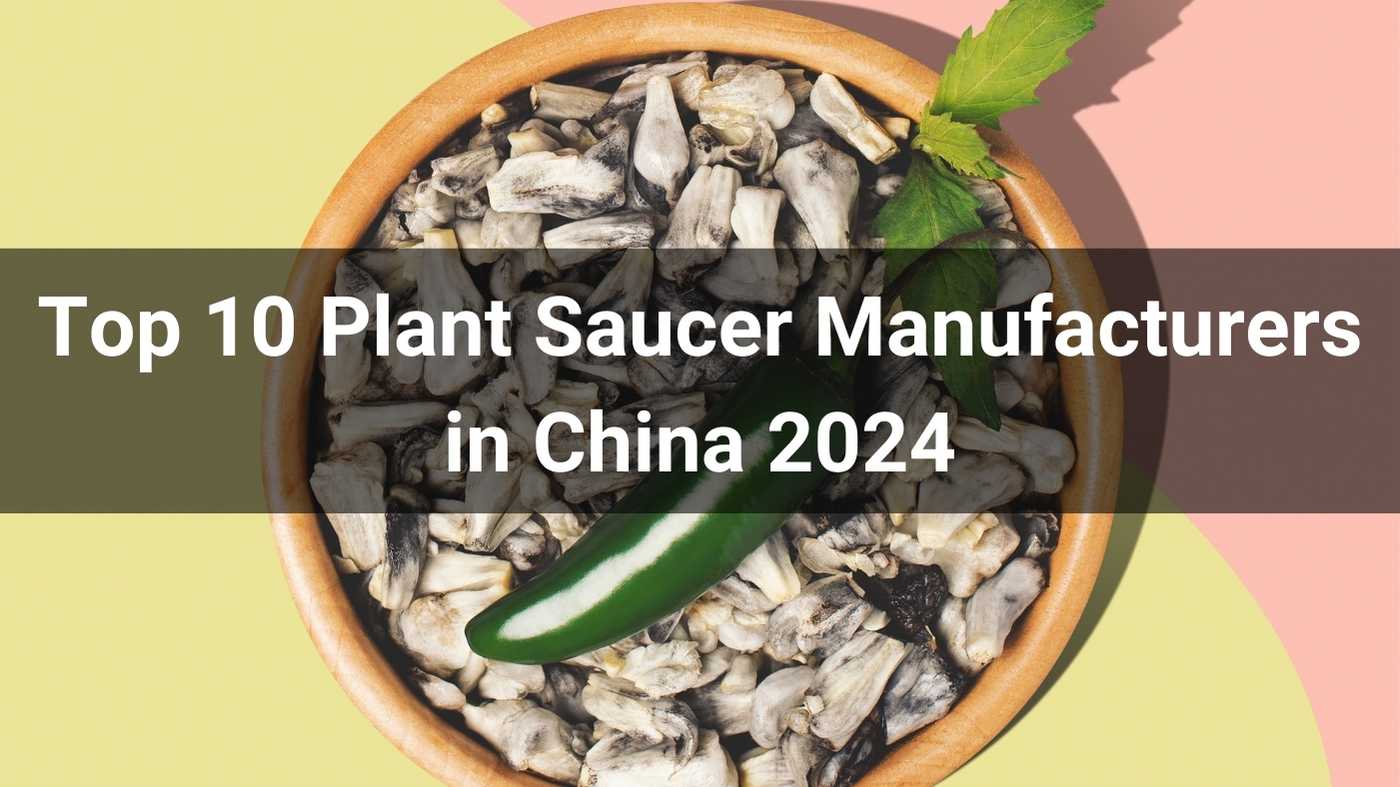
Welcome to a world where greenery thrives and sustainability is key. In this comprehensive guide, we delve into the benefits and applications of fabric grow bags, a game-changer in modern gardening. From urban balconies to expansive backyards, learn how these eco-friendly containers from leading manufacturers can transform your plant cultivation experience.
The Evolution of Plant Cultivation: From Traditional Pots to Fabric Bags
The shift from clay or plastic pots to non-woven plant growing bags marks a significant milestone in horticultural practices. These bags, crafted from breathable fabric, are not just a trend; they represent a deeper understanding of plant health and soil dynamics. Unlike traditional containers, fabric grow bags offer enhanced air circulation, better water drainage, and a natural root-pruning process, leading to healthier, more robust plants. This evolution reflects a growing awareness and preference for sustainable, efficient gardening solutions among both hobbyists and professional growers alike.
Fabric grow bags, often made from breathable, non-woven materials, have revolutionized plant cultivation. These innovative containers facilitate air flow to the root zone, promoting healthier root growth through air pruning, and prevent common issues like root circling. This advanced approach to plant care marks a significant leap from traditional potting methods.
Choosing fabric grow bags offers numerous advantages. Enhanced aeration leads to healthier plants, while superior drainage capabilities reduce risks like overwatering and root rot. Their lightweight, portable nature makes them ideal for urban gardens. Notably, many are made from recycled materials, aligning with sustainable gardening practices.
Fabric grow bags come in various types, catering to different gardening needs. Standard fabric bags are versatile and suited for a wide range of plants. Reinforced bags with handles are available for easier mobility, especially useful for larger plants. Some bags feature Velcro seams or windows for convenient harvesting and monitoring of root health. Specialty bags are designed for specific plants like tomatoes or potatoes, optimizing growth conditions for these crops. This diversity ensures that there's a fabric grow bag for every type of gardener, from the hobbyist to the commercial grower.
Selecting the appropriate fabric grow bag is crucial for successful plant cultivation. Consider the size of the bag based on the plant's growth habits and space requirements. The material of the grow bag also plays a significant role; look for durable, breathable fabrics. Researching different brands can help identify products with a proven track record of quality and effectiveness. Factors like UV resistance and eco-friendliness may also influence your choice, aligning with both the plant's needs and your gardening ethos.
Before diving into fabric grow bag gardening, ensure you have the necessary tools and supplies. This includes quality soil, appropriate fertilizers, a watering can or system suited for fabric bags, and gardening gloves for protection. A trowel, pruners, and a soil pH tester might also be valuable additions to your gardening toolkit. Organizing these tools beforehand can make the planting process smoother and more enjoyable.
The versatility of fabric grow bags allows for a wide range of plant choices. For beginners, easy-to-grow vegetables like tomatoes, peppers, and leafy greens are excellent starting points. More experienced gardeners might experiment with root vegetables, herbs, or even small fruit trees. The key is to understand the specific needs of each plant and ensure that the grow bag environment can support its growth cycle. This careful selection process can lead to a rewarding and productive gardening experience.

A critical step in fabric grow bag gardening is preparing the right soil mix. Tailor the mix to your plant's specific needs, considering factors like pH balance, nutrient content, and drainage capability. A blend of garden soil, compost, and perlite or vermiculite usually provides a balanced medium. For plants requiring more moisture, adding coir or peat moss can help retain water. It's essential to ensure the soil is loose and well-aerated to maximize the benefits of the fabric grow bag.
Planting in fabric grow bags is straightforward. Start by filling the bag with your prepared soil mix, leaving some space at the top. If planting seeds, follow the depth and spacing guidelines specific to each plant. For seedlings, make a hole large enough to accommodate the root ball, then gently place the plant inside, firming the soil around it. Finally, water the plant thoroughly, ensuring the soil is moist but not waterlogged.
Watering fabric grow bags requires a balance to maintain adequate moisture without over-saturating the soil. The breathable fabric aids in evaporation, so regular watering is crucial. Use a watering can or hose with a gentle spray setting to evenly moisten the soil. It's vital to avoid waterlogging as it can lead to root rot. During hot weather, more frequent watering may be necessary. For consistent moisture levels, consider using a drip irrigation system, especially for larger or multiple grow bags.
The right balance of sunlight and shade is vital for the health of plants in fabric grow bags. Most vegetables and flowering plants require at least 6 to 8 hours of direct sunlight daily. However, in hotter climates, some afternoon shade can prevent overheating and moisture loss. Observe your plants' reactions to sunlight and adjust their location as needed. The portability of fabric grow bags makes it easier to move plants to optimal spots for sun exposure.
Regularly check the soil moisture in your fabric grow bags. Stick your finger into the soil; if it feels dry at about an inch below the surface, it's time to water. Overwatering can be as harmful as underwatering, so ensure proper drainage and avoid letting the bags sit in water. Mulching can also help retain soil moisture and regulate temperature.
Fabric grow bags require regular fertilization as frequent watering can leach nutrients from the soil. Use a balanced, water-soluble fertilizer, following the recommended frequency and dosage for your specific plants. Organic options like compost tea can also be effective, especially for edible plants. Monitor your plants for signs of nutrient deficiency and adjust your fertilizing routine accordingly.
Pest control is essential in maintaining healthy plants in fabric grow bags. Regular inspection for signs of pests and diseases can prevent major infestations. Employ natural methods like neem oil, insecticidal soaps, or introducing beneficial insects for minor issues. In severe cases, chemical pesticides may be necessary, but use them judiciously, especially on edible plants. Keeping your grow bags clean and well-maintained also reduces the likelihood of pest problems.
Pruning and training are key to maintaining healthy plants and maximizing their productivity in fabric grow bags. Regular pruning helps to remove dead or diseased foliage, encourages new growth, and improves air circulation. Training plants by staking or using trellises can maximize space, especially in smaller areas. It also enhances sun exposure and air flow, which are crucial for fruit-bearing plants.
As seasons change, so should your gardening strategies. In hot weather, ensure adequate watering and consider shading to protect plants from intense heat. During colder months, moving fabric grow bags to sunny spots or indoors can protect plants from frost. Adjusting soil composition, such as adding more organic matter in spring or mulching in autumn, can help plants adapt to seasonal changes.
For fruit and vegetable growers, maximizing yield is a primary goal. This involves choosing the right plant varieties, providing optimal nutrition, and ensuring consistent watering. Pollination is key for fruit-bearing plants; consider attracting pollinators or hand-pollinating when necessary. Regularly inspect plants for pests and diseases, as a healthy plant is more likely to produce a bountiful yield. Companion planting can also be beneficial, as certain plant combinations can enhance growth and deter pests.

Proper watering is crucial in fabric grow bag gardening. Over-watering can lead to root rot, while under-watering can stress plants. To avoid these issues, establish a consistent watering schedule, adjusting for weather conditions and plant needs. If over-watering occurs, reduce the frequency and ensure the bags have adequate drainage. For under-watered plants, gradually increase watering to revive them without shocking the system.
Root binding, where roots grow densely and entangle, can occur in fabric grow bags, especially if the bag is too small or the plant is overly mature. To manage this, consider transplanting to a larger bag or carefully pruning the root system. Regularly monitoring root growth can prevent this issue from becoming severe.
Nutrient imbalances can manifest as deficiencies or toxicities. Signs of deficiencies include yellowing leaves, stunted growth, or poor flowering. Toxicities might cause leaf burn or unusual coloration. To rectify these issues, conduct a soil test to identify specific imbalances. Adjust your fertilization regimen accordingly, using balanced, plant-appropriate fertilizers. Understanding your plants' nutrient needs and observing changes are key to maintaining their health.
Fabric grow bags offer several eco-friendly benefits, making them a sustainable choice for gardeners. Many are made from recycled or biodegradable materials, reducing the carbon footprint associated with their production. Their breathable nature promotes healthier plant growth and reduces the need for chemical fertilizers and pesticides, further enhancing their environmental friendliness. Additionally, the improved air circulation in fabric grow bags leads to more efficient water usage, contributing to water conservation efforts.
Another significant advantage of fabric grow bags is their durability and reusability. High-quality bags can last for several growing seasons, making them a cost-effective and environmentally sound alternative to traditional pots and plastic containers. After their lifespan in the garden, these bags can often be repurposed for other uses, such as storage or craft projects, further extending their utility and reducing waste. The ease of cleaning and storing fabric grow bags when not in use also adds to their appeal as a sustainable gardening solution.
For a garden that thrives, trust Garden Tool – China's leading manufacturer. Explore our premium tools at www.agriculturaltool.com and elevate your gardening experience to new heights!
Read More:











We use cookies to make the website work, to provide advanced features, social media and traffic analysis, and we use analytics and third-party advertising cookies. If you choose to click "Deny All", you will retain the default setting of not allowing the use of cookies or other tracking tools other than technical tools.

